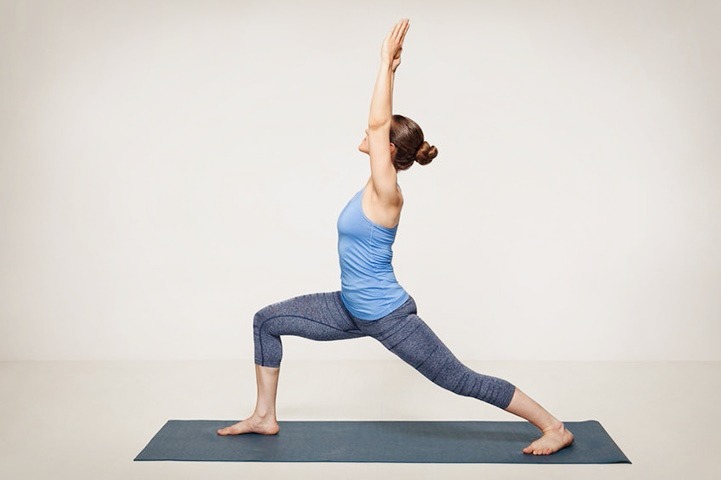The Bird of Paradise yoga pose is a graceful and challenging asana that requires strength, flexibility, and balance. This advanced posture embodies the essence of freedom and expansion, resembling a bird spreading its wings in flight. However, the challenge of mastering the bird of paradise yoga pose is no easy feat and presents practitioners with several key challenges to overcome on their journey to proficiency.
- Hip Flexibility: One of the primary challenges in mastering the bird of paradise yoga is achieving sufficient hip flexibility. This pose demands a deep external rotation of the hip joint, allowing the leg to extend outward while maintaining stability. Tight hips can restrict movement and make it difficult to achieve the full expression of the pose. Practitioners may need to incorporate targeted hip-opening exercises and stretches into their practice to gradually increase flexibility over time.
- Hamstring Strength and Flexibility: The Bird of Paradise pose requires significant strength and flexibility in the hamstrings. Tight or weak hamstrings can limit the ability to extend the lifted leg fully, leading to imbalance and instability in the pose. Practicing hamstring-strengthening exercises such as forward folds, lunges, and hamstring curls can help build the necessary strength and flexibility to support the body in this challenging posture.
:max_bytes(150000):strip_icc()/Verywell-03-3567198-Warrior2-aa285698e49a48e5b9e7cb890ae26bb3.jpg)
- Shoulder Mobility and Stability: Another key challenge in mastering the Bird of Paradise pose is achieving adequate shoulder mobility and stability. The extended arm must reach behind the back to clasp the foot or bind the hands together, requiring a broad range of motion in the shoulders. Weak or unstable shoulders can compromise alignment and make it difficult to maintain the integrity of the pose. Practicing shoulder-opening poses such as shoulder stretches, shoulder rolls, and chest openers can help improve mobility and stability in this area.
- Core Strength and Control: Core strength and control are essential for maintaining balance and stability in the Bird of Paradise pose. The core muscles, including the abdominals, obliques, and lower back, provide the foundation for the entire body in this posture. Weakness in the core can result in instability and difficulty holding the pose with ease. Incorporating core-strengthening exercises such as plank variations, boat pose, and leg lifts into your practice can help build the strength and control needed to master this challenging asana.
- Mind-Body Connection and Patience: Beyond the physical challenges, mastering the Bird of Paradise pose requires a strong mind-body connection and patience. It’s essential to cultivate mindfulness, awareness, and patience throughout the practice, allowing yourself to progress gradually and honoring your body’s limitations. Developing a consistent yoga practice and approaching the pose with a sense of curiosity and openness can help deepen your understanding of the posture and overcome challenges along the way.
